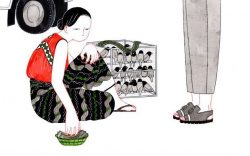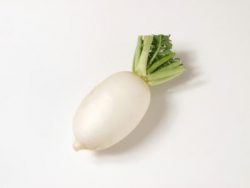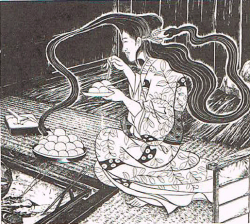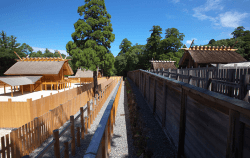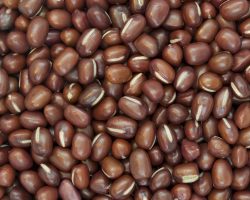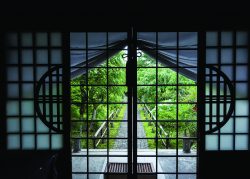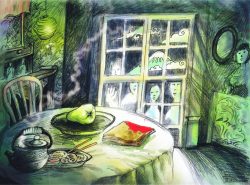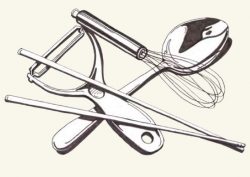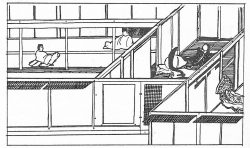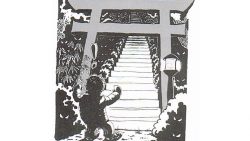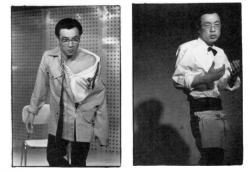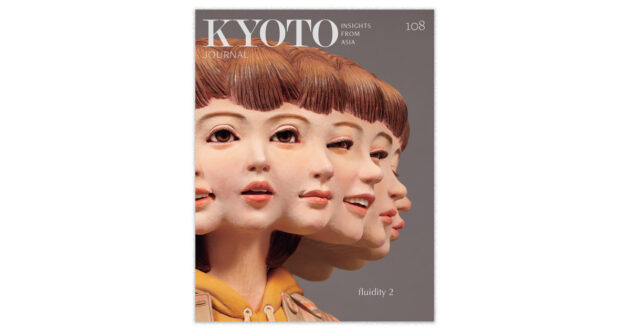Posts by lucinda
KJ Spring 2019 Reads: Titles from Tuttle
As part of their 70th-year anniversary celebrations, KJ has teamed up with Tuttle Publishing, the Asia specialist, for this four-part series.
Read MoreEmbrace slow travel: Head to “Kyoto by the Sea”: Part One
In the autumn of 2018, our Head of Design at KJ, Hirisha Mehta, was invited with a group of journalists to explore the northern and lesser-known areas of Kyoto Prefecture, called Kyo-Tango. This was part of an initiative by Kyoto by the Sea DMO (Destination Management and Marketing Organisation) to promote regional development through tourism.…
Read MoreSar Kaley (these so-called lucky birds)
No perfect way to earn merit in the end. Even something as simple as a bird becomes complicated. Yet still those bamboo cages at the foot of the stairs, a few kyat, and you’re compelled to have this thing all threadbare and shivering in our hands. And what was the wish again?
Read MoreThe Vanishing Radish
As a farmer, it may seem commonplace that varieties of vegetables do not exist forever, but are in constant competition with each other for survival on our dinner plates, and that the development of modern agriculture and inter-regional (and now international) trade in produce have greatly accelerated this process.
Read MoreMizuki Shigeru: Giving form to kehai
“A ghost doesn’t just all of a sudden appear out of nowhere; they are of necessity, always announced prior to their actual appearance by a sensation of kehai or something eerie. In other words, without the feeling of fear no ghost will make its presence known.”
Read MoreCarpenter to the Gods: An interview with traditional carpenter Kawai Takami
“…when your efforts are such a tiny part of a project spanning thousands of years, you learn to appreciate the importance of small steps. If you imagine that your efforts are connecting to something eternal, speed seems relative.”
Read MoreChasen tea whisk-making with Tanimura Tango
One chilly Saturday afternoon in February several members of the KJ team ventured out to Nara for a workshop with Tanimura Tango-sensei, a master craftsmen of chasen: tea whisks used in the Japanese tea ceremony. We had previously featured Tanimura-sensei in issue KJ89: Craft Ecologies, in an article by Ai Kanazawa of Entoten. The workshop…
Read MoreWhile the beans are cooking
Grandmother was cooking kidney beans in a big pot. Sayo’s father had gone to Kitaura to buy groceries. Takara Hot Springs had no guests. The hot spring inn deep in the mountains was soaked in rain and silence.
Read MoreRe-evaluating Connections Between Food Waste and Hunger
The Japanese government reports food surplus at 3-4 million tons each year. In comparison, annual rice consumption is roughly 8 million tons. This is the equivalent of one bowl of rice being discarded for every two bowls eaten. Food banks will never be able “overfish” the vast ocean of food surplus that is available.
Read MoreThe Garden on the Table
Frozen pea and potato chip casserole. Long before I came to Japan, that dish, symbolic of all those Family Potluck church dinners of childhood, had cemented in my mind the basic incompatibility of religion and good food. Years, later, the experience of Japanese temple food, or shojin ryori, came as a revelation to me…
Read MoreSatori in the Conbini
I stopped at the neighborhood 7-Eleven conbini on my way home nearly every night. It became a strange little ritual. Each night I could shed my mousy English-teacher-in-Japan existence with fellow worshippers at the altar of consumer goods..
Read MoreThe Hungry Ghost
She told me we wouldn’t eat any of the dumplings. That, it was bad luck to eat food left out for hungry ghosts. It would make them angry. I remembered reading about hungry ghosts, wasted, mouths too small to eat. They tried to possess people, sometimes the emotionally weak, so as to be able to taste the food they craved…
Read MoreKitchen Tales
I left the comfortable and unchallenging world of my childhood when I was in my early twenties, eventually settling in Japan where I married a farmer. We are resident in rural Shikoku, and I have got acquainted with the roots of cooking through my relationship with my husband’s mother, whom I call Okaasan.
Read MoreFrom the KJ Archive: Our Five Most-Read
Spanning topics as diverse as the Japanese sense of place, the secret lives of the yakuza group and the arduous translation of a Heian-period classic, Kyoto Journal’s five most popular reads of all time are a testament to our vision: to delve deeply into timeless and emblematic facets of Asian cultures. 1. MA: Place, Space,…
Read MoreSetsubun
Their faces twisted in a permanent grimace. With scimitar like tusks and beady eyes that darted from face to face, the Oni advanced slowly into the crowd. Two bony horns protruded from their manes of coarse, filthy hair, and each had a different shade of scaly skin – one red, one yellow, and the last blue…
Read MoreYakushima
The Jomon sugi is so mammoth, and contains so many crooks and crannies in its branches and trunk, and such an abundance of rotted pockets, that it is host to a number of other trees and bushes growing high up in the air. And within breathing room of the Jomon sugi are other giants, also harboring their own families of trees.
Read MoreWhere can I find Kyoto Journal magazine in Kyoto?
Visiting Kyoto? Great! Other than coming along to our office to say hello (please e-mail us in advance or come on one of our drop-in afternoons), you can purchase a copy of the current issue of KJ at lots of venues around the city. Here are some of our favorites: Gion Tenro-in Looking for…
Read MoreFrom “Rain and Thunder”
I once liked walking in the rain, the harder the better;
liked facing the drops and letting them drench my hair,
then follow individual courses under my collar…
KJ Winter 2018 Reads: Titles from Tuttle
As part of their 70th-year anniversary celebrations, KJ has teamed up with Tuttle Publishing, the Asia specialist, for this four-part series.
Read MoreEveryman with a Thousand Faces
Isse Ogata is a renaissance man in the stratified world of Japanese arts. On stage, his breadth and depth are unparalleled and his artistry shows the marks of genius: original, immediately recognizable, and impossible to imitate.
Read MoreUnstinting Courage
In his views Lu Xun showed himself to be an unstinting supporter of modernity, a fearless enemy of atavism, and a savage critic of his country’s culture.
Read More


